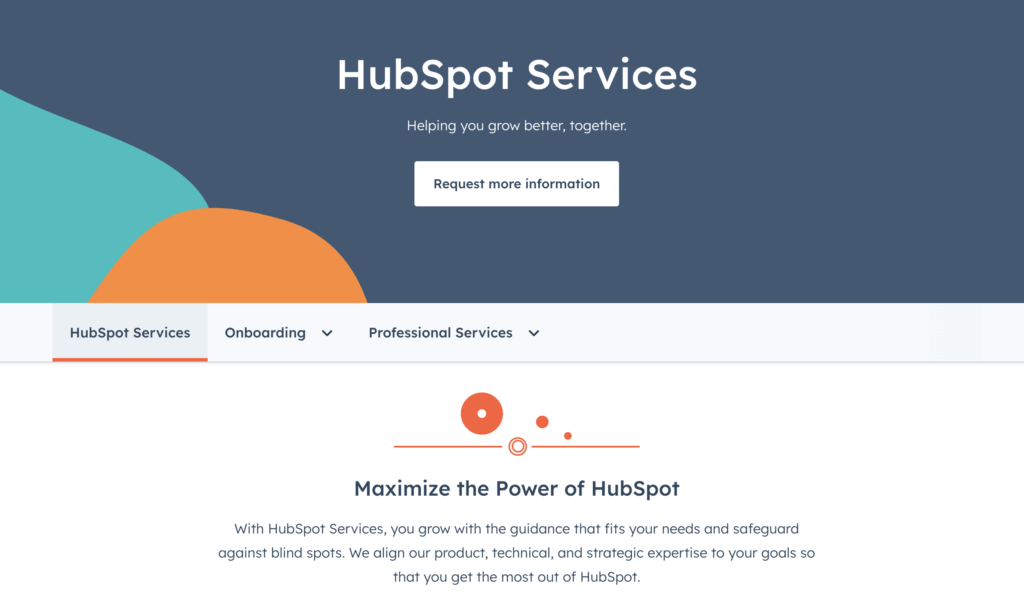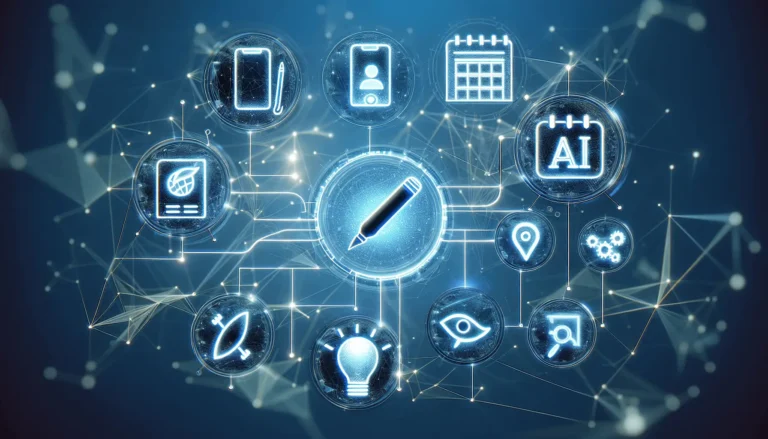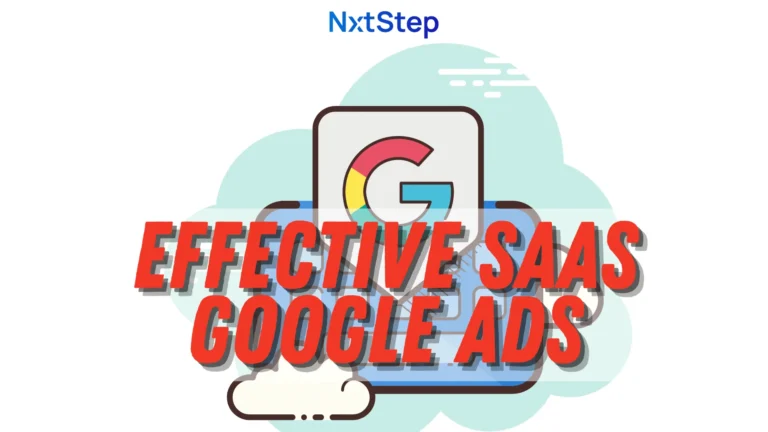Building a B2B SaaS business has lots of exciting possibilities. For many founders, this list typically includes attractive options like passive income and unlimited scalability. However, realizing these benefits takes a lot of work that many early stage B2B SaaS founders aren’t necessarily anticipating.
Often overlooked is the fact that many B2B SaaS product companies have achieved great success by complementing their software with services. This may happen before the product comes to market or after, but either way having this complement can be very powerful because it means your company has something for everyone in your target market. B2B SaaS companies like Hubspot, Slack and Atlassian have all leveraged this strategy very successfully.
Let’s dive a bit deeper so you can see what I mean.
Background
Achieving great success in the B2B SaaS world quickly is rather difficult. It’s more common for it to take many months or even years to reach greater scale and achieve certain milestones. Resources like the SaaS benchmarking report from OpenView are great for explaining in detail just how long it can take for B2B SaaS companies to reach certain milestones towards progress. For example, it can take years for B2B SaaS product companies to reach milestones such as $1M ARR (annual recurring revenue). For others it may take even longer and this doesn’t necessarily take into account profitability because ARR only measures revenue.
At the same time, B2B services companies are capable of generating significant revenue rather quickly. This is because services are often delivered by people following a process which (unlike most software) can be built quickly and pivot relatively easily. This means that it’s often easier to sell services to generate significant revenue rather than expecting that to come from a SaaS product which may take much longer to reach the same level of scale.
What I want to explore with you is the strategy of leveraging a hybrid approach to growing a successful B2B SaaS company by complementing your product with service offerings. I’ll share examples from some of the most successful B2B SaaS companies to date which have leveraged this strategy VERY successfully to make their organizations insanely profitable all while helping even more customers.
Getting Paid To Perform Discovery
Customer discovery helps to indicate which problems your customer has are worth solving with software. However, this discovery effort can be time consuming and expensive. If instead, you considered providing more immediate assistance to your target market where you found these problems worth solving then you may generate revenue more quickly.
Services give you the ability to do this relatively quickly. B2B SaaS on the other hand will require you to build the solution first before you’re able to solve these problems. The other advantage of offering services first is that you will learn TONS about your target market including context around their problems and how they are trying to solve them today (your real competition). Armed with this knowledge you will essentially be getting paid to perform discovery which means that as you learn more about where software solutions make the most sense you can plan to solve those challenges with your eventual B2B SaaS product.
This is almost exactly what happened to the B2B SaaS event management platform Splash. In this scenario, they first attempted to build a product but it didn’t gain traction. Then instead of continuing to try and force it, they instead pivoted to offering services first then used that revenue and discovery data to uncover what ultimately became a highly successful B2B SaaS product in the end.

You can do this too. I know infinite scale is exciting, but don’t ignore how offering services can help you get there faster.
They Are Naturally Complementary
Your target market will have a laundry list of problems related to where you want to help them. Some will need more help and others will need less. This fits perfectly into the service vs product paradigm.
The advantage of services is they can be highly customizable so that the customer can get whatever they want, when they want it. Of course this comes at a price premium, but I’m sure that will be OK with you and it’s something your customer is typically more than willing to pay if their problem is painful enough.
The advantage of products (SaaS) is that they can get you most of the way there relatively easily. Think of it like the pareto principle, 80% of their problems are solved by 20% of your solutions. You can manage this split by figuring out which 20% should be the functionality that is built into your product.
Hubspot is a great example of a company that has leaned into this model with great success. While their CRM B2B SaaS product is highly successful, they also offer services around implementation, training and even consulting. As a bonus, these services also help Hubspot drive more traffic and usage into their software enabling them to achieve more impressive growth.

What you’ll find if you intend to offer services that complement your product is that it is an excellent way to validate your product roadmap. As your team is providing your customers with services they can be on the lookout for solutions that can be automated which are more scalable. Those options are excellent to prioritize as the next features that should be built in your product.
Allow Customers To Work Their Way Up Your Ladder
If you start with services, you can always add products. If you start with a product, you can always add services. The flexibility here is fantastic. With this approach, you’ll truly have something for everyone.
Your product can be a quick, easy and lower-cost way for your customer to receive value. If they need more customized help, they can always graduate to your more in-depth service options which come at a premium.
As I’ve built multiple B2B SaaS companies throughout my career, I’ve observed every combination of the customer journey. I’ve seen customers start with products and graduate to services and start with services only to switch to the product. Even more impressively, many customers like to consume both simultaneously. Either way, this is a win for you and them.
Atlassian (makers of tools like JIRA, Confluence, Trello and more) is one of my favorite B2B SaaS companies to study. They make it CRAZY easy to get hooked into their product ecosystem and before you know it, you can’t live without their tools. That’s usually when the price increases, but their strategy is so well-dialed in that your company is typically in a position to able to afford it at that point so it works. Atlassian is another example of a hugely successful B2B SaaS company that also offers consulting, training, certification programs and more as services.

If you give customers the right options at the right time, (like Atlassian) they’ll never have a reason to look elsewhere. This means you will have a crazy high LTV and it might even be unlimited because they may never leave.
Real-World Example
I built a podcasting agency to help B2B service based companies achieve greater success in relationship based sales with the help of a podcast. That is a service based business called Podcast Chef.
Building this business enables me to learn where the bottlenecks are in podcast production (a service we offer). Armed with that knowledge, I was able to produce a product called Podcast Show Notes which largely automates parts of this process.

Now I have something to offer everyone. For those that want a quick and cost effective way to manage their own podcast there’s Podcast Show Notes for those that want a more white glove level service it’s Podcast Chef all the way. Either way, I keep them as a customer and continue to offer them value.
Summary
If you want to succeed in B2B SaaS, consider starting with or complementing your efforts by offering services as well. It will bring in what usually amounts to much needed revenue and will provide critical discovery along the way which will provide great insight towards building a strong value proposition for your product.
If you do this correctly, then you may experience even greater success than you would have if you only offered a product OR a service.
As a B2B SaaS consultant and coach, I’m always searching for strategies to improve the chances of success for my clients. If you would like help determining whether or not you should compliment your B2B SaaS with a service offering, schedule time with me to review this strategy.
You may also be interested in my free 5 day email course on launching a profitable B2B SaaS business for less than $750.


